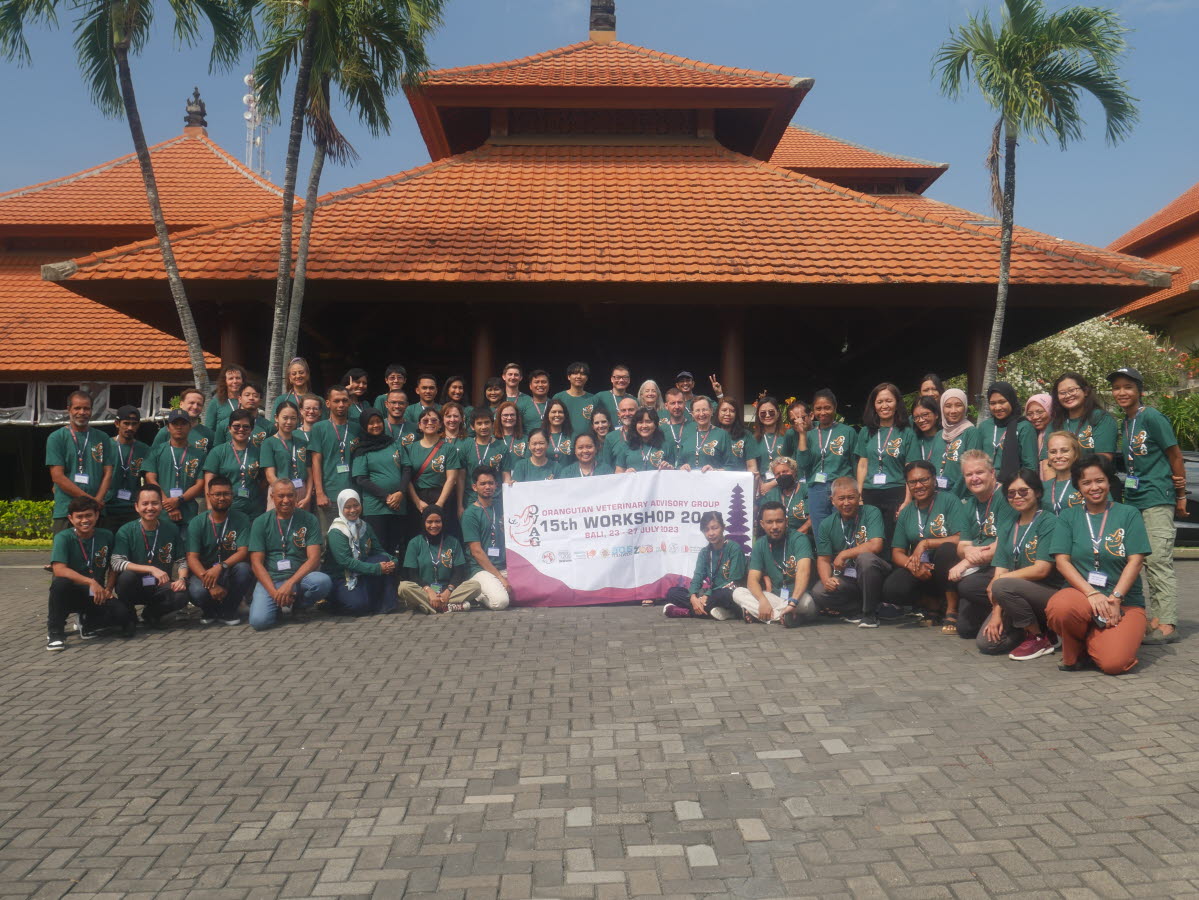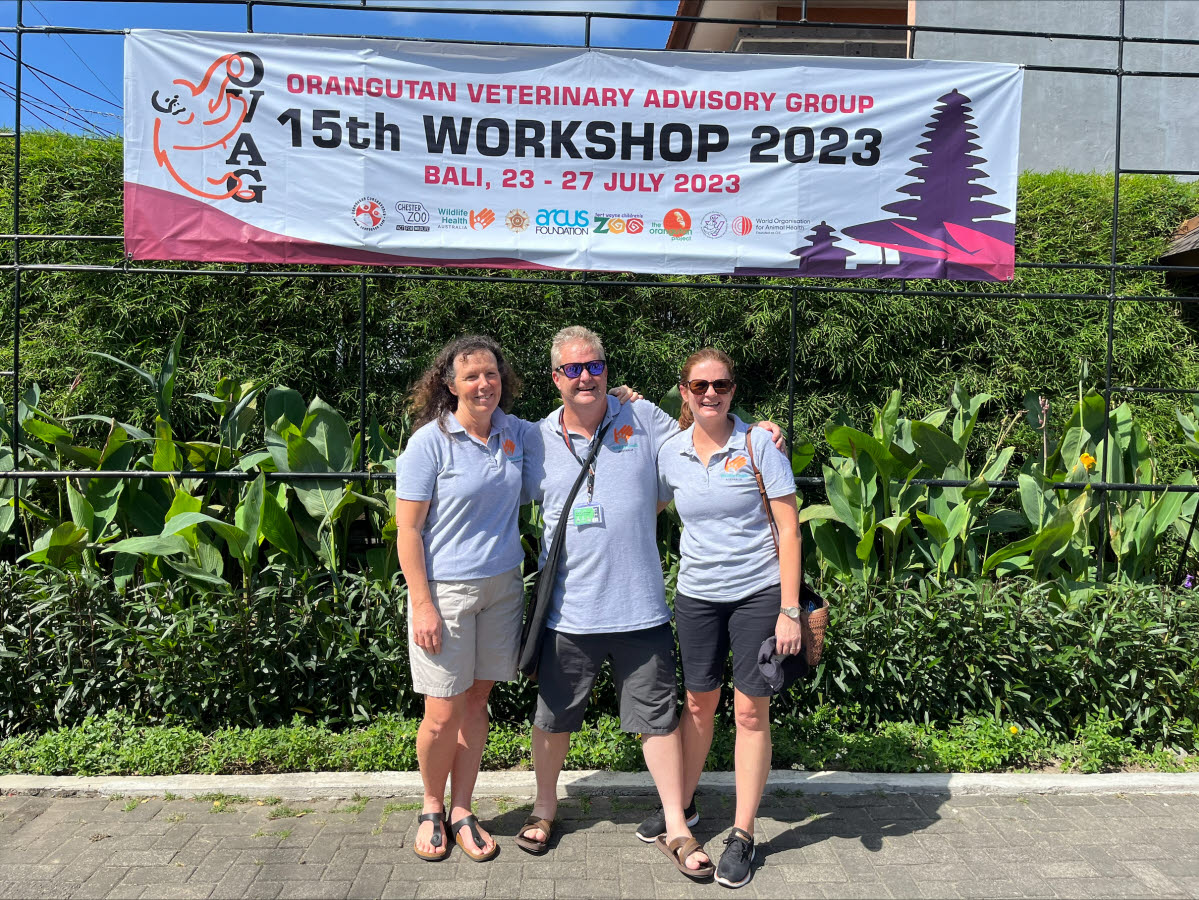Australia leading new collaborating centre in fight against health risks in wildlife
07 Sep 2023
World distribution of WOAH Collaborating Centres - WOAH
The global COVID-19 pandemic has impacted the world in many different ways. Since 2020 Australia has taken a leadership role in advocating for global reform to international health systems emphasising interventions that are prevention-focussed rather than response-focussed. This involves taking a One Health approach to addressing the drivers of disease emergence at their source in animals and the environment, as the key means of preventing future pandemics.
My office has been working with key partners here in Australia to bolster the capacity of our national biosecurity system to detect and investigate zoonotic diseases emerging from the human-animal-environment interface, including those with pandemic potential. This work is delivered under the One Health Surveillance Initiative (OHSI), jointly announced in early 2022 by the government’s health, agriculture and environment portfolios, and delivered through Wildlife Health Australia (WHA).
The OHSI strengthens our wildlife and feral animal surveillance, investigation and diagnostic capacity, so that we can detect new and emerging disease risks that can have serious potential consequences to biodiversity, industry or human health and ensure our risk management is targeted appropriately.
We know that globally 70% of all emerging diseases are zoonotic, and of these roughly 71% emerge from wildlife. We also know that Australia is not isolated from this. In our region, about 67% of emerging/re-emerging diseases are zoonoses, and an estimated 63% of these originate in wildlife.
In the last 30 years, Australia has had at least three new serious diseases that have emerged from wildlife and spilled over into livestock or humans (Hendra virus 1994, Australian Bat Lyssavirus 1996, Menangle virus 1997), and the next one emerging is not a matter of ‘if’, but ‘when’. New diseases can also impact wildlife populations sometimes leading to mass mortalities, species declines and even extinction.
Australia is fortunate as a number of concerning diseases, that could impact domestic animals, wildlife and in some cases humans are not present in the country - such as African swine fever, surra, foot-and-mouth disease, lumpy skin disease, rabies, and some strains of avian influenza. Increased awareness and efficient wildlife and feral animal health surveillance systems can assist in the detection of new or exotic diseases.
As an example, avian influenza is an infectious disease and poses a significant threat, not only to poultry but also to wild birds, and is also a potential zoonotic risk to humans. Since 2021, a new strain of high pathogenicity avian influenza circulating overseas has caused significant outbreaks on all continents except Australia and Antarctica. The likelihood of this new strain entering Australia via migratory birds has increased compared to previous years, with August to November being the period of particular concern as this is when migratory birds return to Australia from the northern hemisphere.
The OHSI is supporting increased wild bird surveillance targeting migratory shorebirds in the 2023-24 migratory season given the unprecedented incidence of highly pathogenic avian influenza globally over the last two years.
Collaborating Centre for Wildlife Health Risk Management
In a further significant step up in regional One Health disease prevention and risk management capabilities, WHA has recently achieved official designation from the World Organisation for Animal Health (WOAH) as one of its international Collaborating Centres – announced during WOAH’s 90th General Session in May 2023.
WOAH Collaborating Centres provide scientific expertise and support to WOAH and its Members and promote international collaboration on animal health and welfare. WHA has joined the network of 75 other established WOAH Collaborating Centres and 20 associated partner organisations spread across the world.
Individual Collaborating Centres are designated to have a specialty focus area relating to specific animal health issues and provide their expertise internationally. WHA’s specialty is Wildlife Health Risk Management with a focus on drivers for emerging risks, and the organisation will work closely with key stakeholders across the Indo-Pacific region to ensure that wildlife health is integrated into One Health decision-making to benefit public health, biosecurity, animal health, food security and biodiversity.
The Collaborating Centre will promote wildlife health and build capacities to better understand and address emerging disease risks at their source in wildlife. In this way, the new centre is an important asset in the global fight against emerging One Health disease threats, and will deliver a range of benefits to Australia’s biosecurity system and contribute to regional and global preparedness for future disease events.
Wildlife Health Australia’s expertise
The aim of WHA’s new Collaborating Centre for Wildlife Health Risk Management is to successfully integrate One Health practices into wildlife health disease management throughout the Indo-Pacific, leading to effective and sustainable disease mitigation, and improved ecosystem health. The Centre will support WOAH’s wildlife health framework through capacity building and developing effective networks and wildlife health risk management in the region.
WHA’s International One Health Program Manager and Head of the Collaborating Centre, Dr Steve Unwin said, “Since receiving our endorsement from WOAH in May, we’ve progressed rapidly to coordinate two training and awareness missions among key wildlife health stakeholders in the region.”
“One was a five-day conference and workshop in Indonesia in late July. Building on the strengths of the Orangutan Veterinary Advisory Group (OVAG) to address concerns in orangutan and gibbon welfare and conservation, the workshop broadened its One Health partners to include delegates from Thailand, Timor-Leste, Papua New Guinea, Singapore and the Pacific interested in teaming up to support risk management for wildlife health across a broad range of species from within a sustainable cadre of One Health professionals.”
The OVAG meeting in Indonesia in July 2023
On this occasion, WOAH was invited along with representatives from the WOAH Regional Wildlife Health Network, Wildlife Conservation Society, and the Wildlife Disease Association to improve cooperation and share expertise on wildlife conversation and health.
Wildlife disease surveillance was featured and included lessons and support tools from the field from all invited country delegates – including the International Union for Conservation of Nature (IUCN) Conservation Planning Specialist Group/WHA Wildlife Disease Risk Analysis tool; the tripartite Joint Risk Assessment Operational Tool, Wildlife Health Bridge; the SMART platform - a set of software and analysis tools designed to help conservationists manage and protect wildlife and wild places, and the Primate Microbiome Project.
L-R Dr Arlene Rutherford Senior Project Advisor with Dr Steve Unwin Program Manager and Dr Erin Davis Project Advisor at 2023 OVAG event
With the Collaborating Centre based in Australia, WHA recognises and aims to work closely with indigenous communities including First Nations Australians, to encompass traditional knowledge and gain insights and expertise to broaden the organisation’s vision of ‘Healthy Wildlife, Healthy Australia’.
Through a collaborative One Health approach, WHA’s expertise leading this Collaborating Centre will form an important part of Australia’s efforts to protect animal health, human health and environmental health into the years ahead. I encourage everyone to follow the valuable work of WHA through their social media channels on Twitter, Instagram and LinkedIn.
For the latest updates on the work of the Office of the Chief Veterinary Officer, please follow our Twitter channel, and you can also follow me on LinkedIn and the Australian Deputy Chief Veterinary Officer Dr Beth Cookson on LinkedIn.


